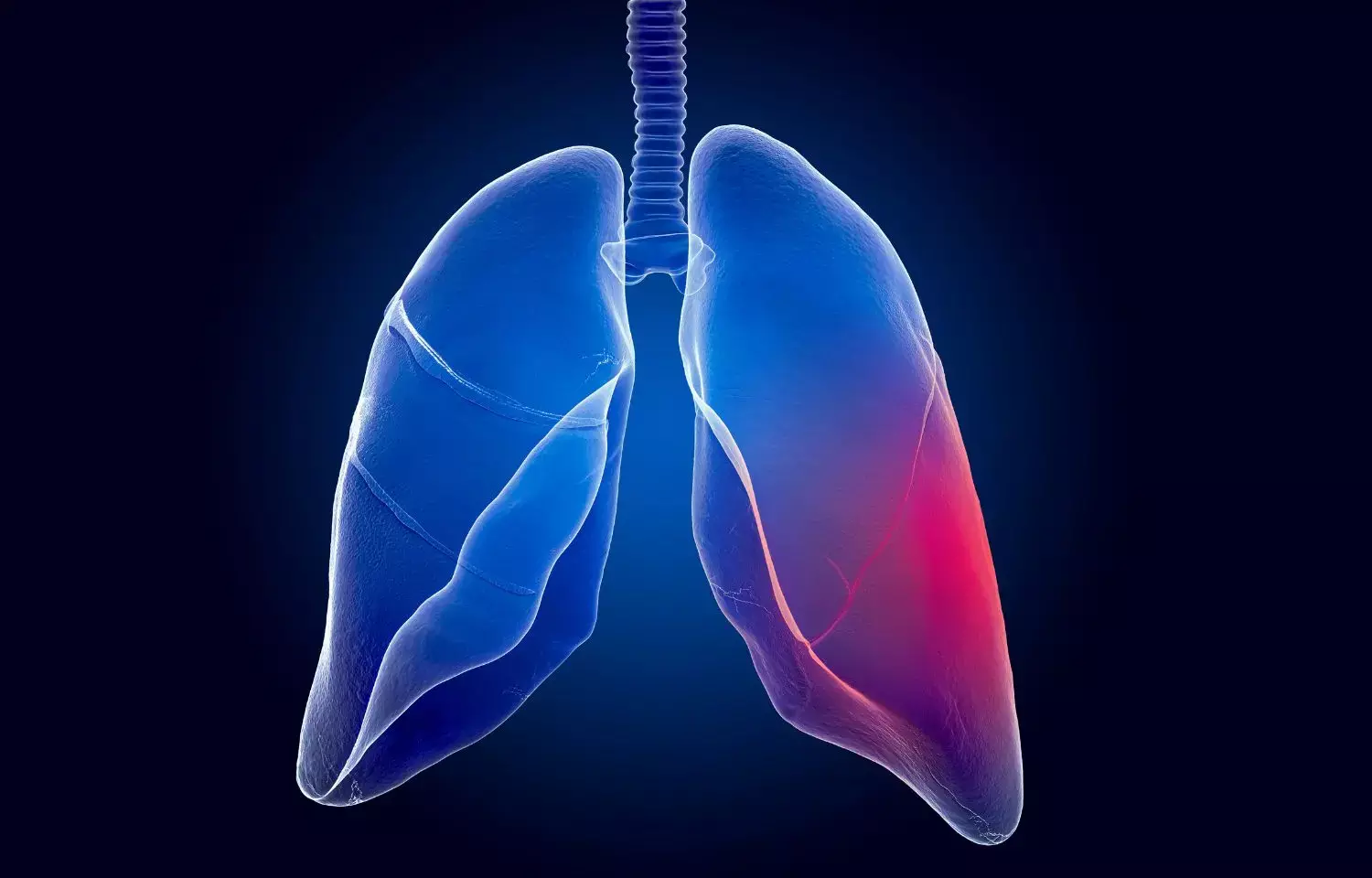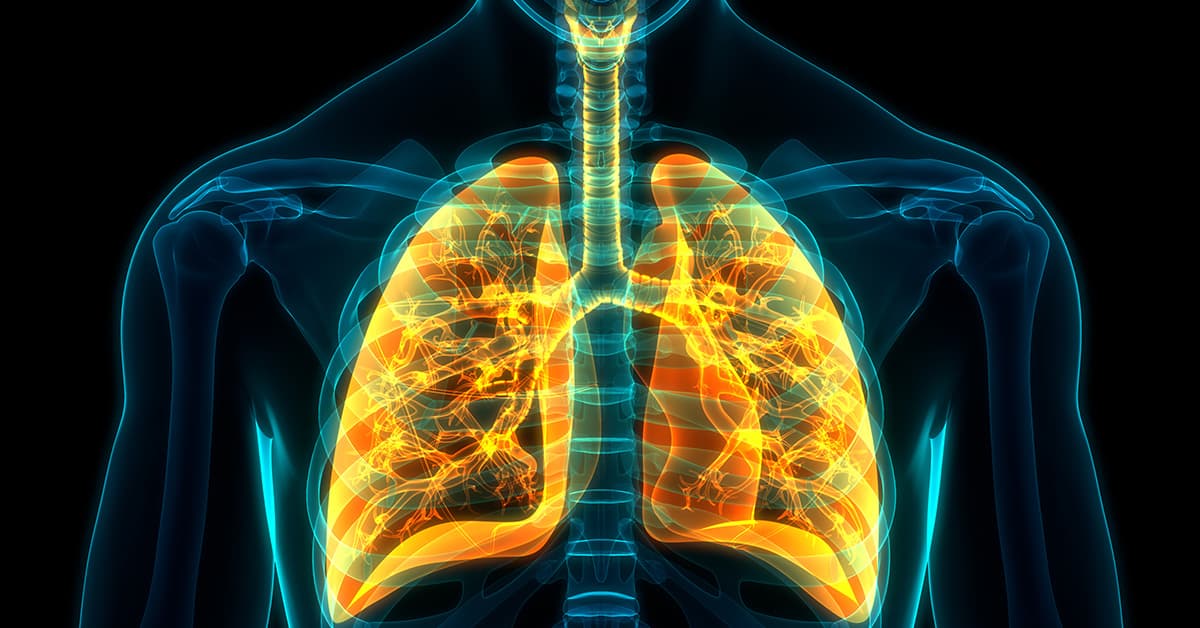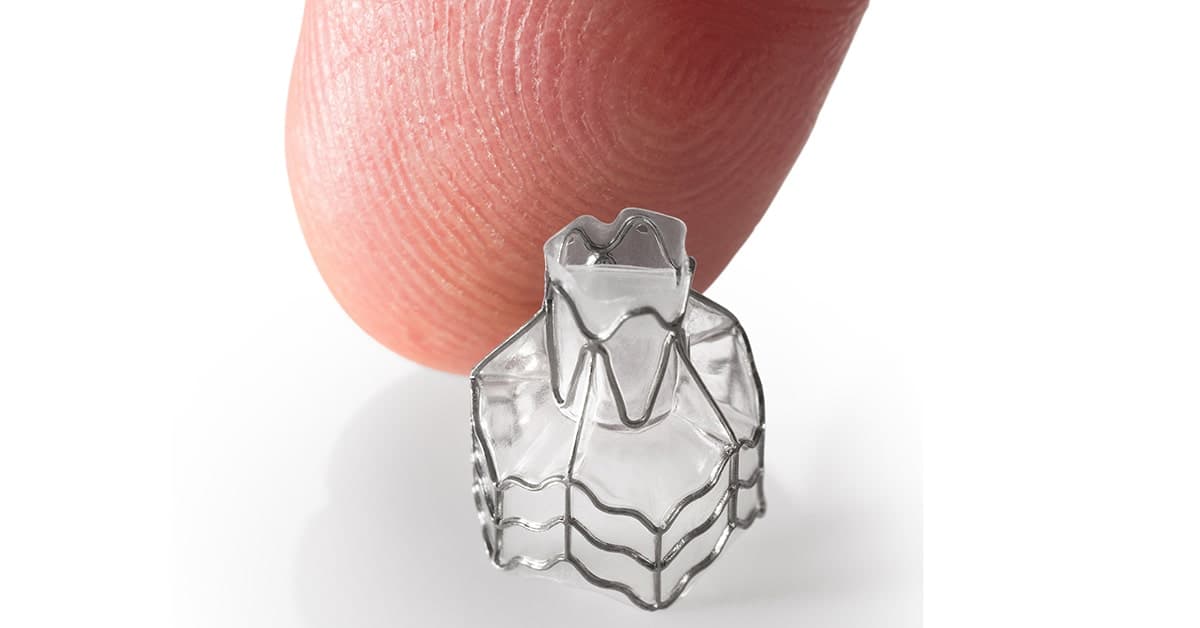Lung Volume Reduction Surgery (LVRS) is a medical procedure designed to help people with severe chronic obstructive pulmonary disease (COPD) or emphysema. The surgery involves removing damaged, non-functioning lung tissue, which can improve breathing capacity and overall lung function.
What is lung volume reduction surgery (LVRS)?
Lung Volume Reduction Surgery (LVRS) is a surgical procedure designed to help patients with severe chronic obstructive pulmonary disease (COPD) or emphysema, which are conditions that cause irreversible damage to the lungs. These conditions lead to a reduction in lung elasticity, making it difficult for patients to breathe and diminishing their quality of life. LVRS aims to alleviate these symptoms by removing portions of damaged, non-functioning lung tissue, thereby allowing the remaining, healthier lung tissue to expand more effectively and improve overall lung function.
During the LVRS procedure, the surgeon removes diseased areas of the lungs, typically targeting the upper lobes where damage is often most severe. This reduction in lung volume helps to restore the lungs' natural elasticity and enhances their ability to expand and contract efficiently. By doing so, LVRS can significantly improve the patient's breathing capacity, exercise tolerance, and overall quality of life. The procedure can be performed using minimally invasive techniques, such as video-assisted thoracic surgery (VATS), or through traditional open surgery, depending on the patient's condition and the surgeon's preference.
However, it is important to note that LVRS is not suitable for all patients with COPD or emphysema. Candidates for the surgery must undergo a thorough evaluation by a multidisciplinary team of healthcare professionals, including pulmonologists, thoracic surgeons, and anesthesiologists. This evaluation includes a comprehensive assessment of the patient's medical history, lung function tests, imaging studies, and other diagnostic tests to determine if they are suitable candidates for the procedure.
While LVRS can offer significant benefits, it is not without risks. Potential complications include infection, bleeding, prolonged air leaks, and issues related to anesthesia. As such, the decision to undergo LVRS should be made carefully, with a clear understanding of the potential benefits and risks involved. Despite these challenges, LVRS remains a valuable option for select patients with severe COPD or emphysema, offering the possibility of improved lung function and a better quality of life.

Who qualifies for lung volume reduction?
To qualify for LVRS, patients must meet specific criteria based on a thorough evaluation by a multidisciplinary team of healthcare professionals, including pulmonologists, thoracic surgeons, and anesthesiologists.
Candidates for LVRS typically exhibit certain characteristics that make them suitable for the procedure. Firstly, patients should have advanced emphysema predominantly affecting the upper lobes of the lungs, as this pattern of lung damage tends to respond better to the surgery. Additionally, patients should have severe symptoms, such as significant shortness of breath and limited exercise capacity, that severely impact their quality of life despite optimal medical management.
A comprehensive evaluation process is conducted to determine eligibility for LVRS. This includes detailed medical history, lung function tests (such as spirometry and lung volume measurements), imaging studies (such as chest CT scans), and exercise tests (such as a six-minute walk test). The results of these assessments help identify patients who are most likely to benefit from the surgery and those who may be at higher risk for complications.
Patients should also be in generally good overall health, aside from their lung condition, to withstand the physical demands of the surgery and the recovery process. Factors such as age, body mass index (BMI), and the presence of other medical conditions are considered when evaluating candidates. Additionally, patients should be non-smokers or committed to quitting smoking, as continued smoking can significantly reduce the benefits of the surgery.
It is important to note that LVRS is not suitable for all patients with COPD or emphysema. The decision to undergo the procedure is made on a case-by-case basis, taking into account the patient's specific condition, overall health, and potential risks and benefits. Patients who qualify for LVRS can experience improved lung function, reduced symptoms, and an enhanced quality of life.

What does Lung Volume reduction surgery treat?
Lung Volume Reduction Surgery (LVRS) is a surgical intervention primarily used to treat patients with severe chronic obstructive pulmonary disease (COPD) and emphysema. These conditions are characterized by irreversible damage to the lungs, leading to a reduction in lung elasticity and the destruction of the alveoli (air sacs), which impairs the lungs' ability to exchange oxygen and carbon dioxide effectively. COPD and emphysema are often caused by long-term exposure to irritants such as cigarette smoke, air pollution, and occupational chemicals.
In patients with COPD and emphysema, the damaged lung tissue becomes hyperinflated, trapping excess air and reducing the efficiency of breathing. This hyperinflation makes it difficult for the lungs to expand and contract properly, leading to severe shortness of breath, reduced exercise tolerance, and a significantly diminished quality of life. LVRS aims to alleviate these symptoms by surgically removing the most damaged and non-functioning areas of the lung tissue, typically targeting the upper lobes where the damage is often most severe.
By reducing the volume of the diseased lung tissue, LVRS helps to restore the natural elasticity of the lungs, allowing the remaining healthier tissue to expand and contract more efficiently. This improves airflow and gas exchange, leading to better lung function and reduced symptoms. Patients who undergo LVRS often experience improved breathing capacity, increased exercise tolerance, and an enhanced overall quality of life.
It is important to note that LVRS is not a cure for COPD or emphysema, but rather a treatment option for managing severe symptoms in selected patients who meet specific criteria. The procedure is considered for patients who have not responded well to conventional treatments such as medications, pulmonary rehabilitation, and lifestyle modifications. While LVRS can offer significant benefits, it also carries risks, and careful patient selection and thorough evaluation by a multidisciplinary team are essential to determine the suitability of the surgery for each individual patient.

Lung Volume reduction surgery risks & benefits
Lung Volume Reduction Surgery (LVRS) carries both significant benefits and notable risks. It is designed to help patients with severe chronic obstructive pulmonary disease (COPD) or emphysema by removing damaged, non-functioning lung tissue. The primary benefit of LVRS is the improvement in lung function and breathing capacity. By reducing the volume of diseased lung tissue, the remaining healthier lung can expand more effectively, leading to better airflow, oxygen exchange, and reduced shortness of breath. Patients often experience enhanced exercise tolerance, increased physical activity, and an improved overall quality of life. Additionally, LVRS can lead to a reduction in the frequency and severity of COPD exacerbations, potentially decreasing hospitalizations and the need for emergency medical care.
However, the benefits of LVRS must be carefully weighed against its risks. As a major surgical procedure, LVRS carries inherent risks associated with surgery and anesthesia. Potential complications include infection, bleeding, prolonged air leaks, respiratory failure, and issues related to anesthesia. The recovery period can be challenging, with patients requiring extended hospital stays and a significant period of rehabilitation to regain their strength and lung function. There is also a risk of mortality associated with the surgery, particularly in patients with severe underlying health conditions or those who are not in optimal physical condition.
Careful patient selection is crucial to minimizing the risks and maximizing the benefits of LVRS. Patients must undergo a thorough evaluation by a multidisciplinary team of healthcare professionals to determine their suitability for the procedure. This evaluation includes a comprehensive assessment of the patient's medical history, lung function tests, imaging studies, and exercise capacity. Candidates for LVRS should have severe COPD or emphysema that predominantly affects the upper lobes of the lungs, and they should have not responded well to other treatments.

Lung Volume reduction surgery recovery
Recovery from Lung Volume Reduction Surgery (LVRS) is a critical phase that involves careful monitoring, rehabilitation, and support to ensure optimal outcomes for patients. The initial recovery period typically begins in the hospital, where patients are closely observed by a multidisciplinary team of healthcare professionals, including surgeons, pulmonologists, nurses, and respiratory therapists. The goal during this time is to manage pain, prevent complications, and monitor lung function. Patients may require supplemental oxygen and specialized breathing exercises to help their lungs heal and regain strength.
The duration of the hospital stay can vary depending on the individual patient's condition and response to the surgery, but it generally ranges from one to two weeks. During this time, patients are encouraged to engage in gentle physical activity, such as walking, to promote lung expansion and prevent blood clots. Pain management is also a crucial aspect of recovery, and patients may receive medications to control discomfort and enable them to participate in rehabilitation activities.
Once discharged from the hospital, patients continue their recovery at home, often with the support of a pulmonary rehabilitation program. These programs are designed to help patients gradually increase their physical activity levels, improve lung function, and enhance overall endurance. Pulmonary rehabilitation typically includes supervised exercise sessions, breathing techniques, and education on managing COPD and emphysema.
The recovery process can take several months, and patients must be patient and committed to following their rehabilitation plan. Regular follow-up appointments with healthcare providers are essential to monitor progress, address any concerns, and make necessary adjustments to the treatment plan. Patients are also advised to adopt a healthy lifestyle, including smoking cessation, a balanced diet, and regular exercise, to maintain the benefits of the surgery and prevent further lung damage.
While recovery from LVRS can be challenging, many patients experience significant improvements in their quality of life, including better breathing capacity, increased physical activity levels, and reduced symptoms of COPD and emphysema. The support of healthcare professionals, family, and friends plays a vital role in helping patients navigate the recovery journey and achieve the best possible outcomes.

Conclusion
In conclusion, Lung Volume Reduction Surgery (LVRS) is a valuable treatment option for select patients with severe chronic obstructive pulmonary disease (COPD) or emphysema who have not responded well to conventional therapies. By removing the most damaged areas of the lungs, LVRS can significantly improve lung function, enhance breathing capacity, and boost overall quality of life. Although the procedure carries risks and requires a thorough evaluation by a multidisciplinary team, the potential benefits for carefully chosen candidates are substantial. With a commitment to the recovery process and adherence to pulmonary rehabilitation programs, patients can experience meaningful improvements in their symptoms and daily activities, making LVRS a viable option for managing advanced lung disease.
Read More